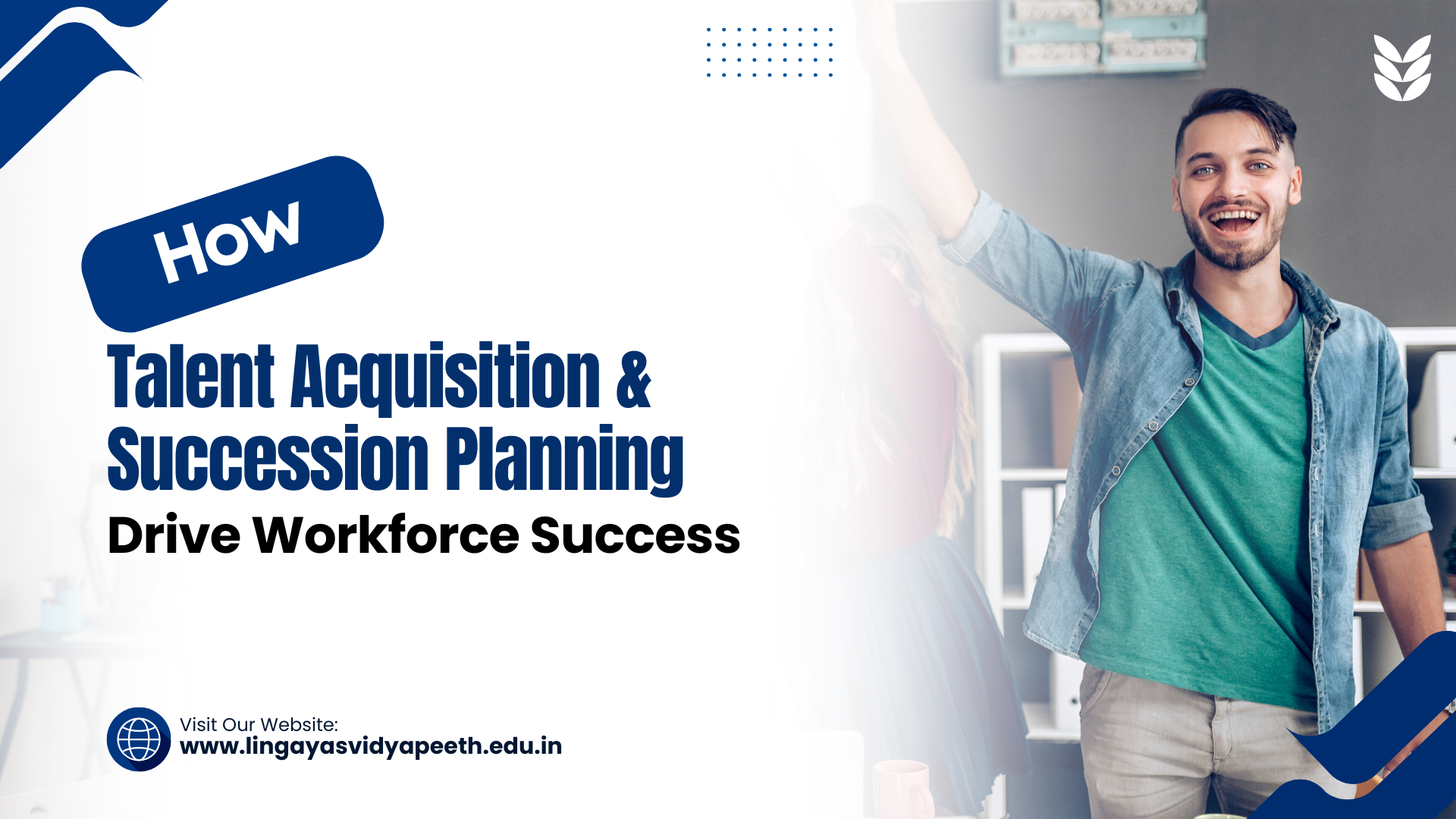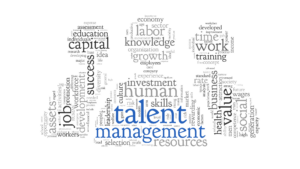Home » Talent Acquisition & Succession Planning: Building a Future-Ready Workforce

In today’s dynamic business environment, organizations are constantly evolving to meet new market demands and adapt to technological advancements. A critical part of this evolution involves developing a future-ready workforce—an agile, skilled, and adaptable talent pool that can drive an organization forward. Central to this effort are two key strategies: talent acquisition and succession planning. Together, these strategies allow companies to attract, develop, and retain the right people, ensuring long-term success and resilience.
This blog delves into the importance of these two strategies, how they complement each other, and actionable steps for building a workforce equipped to thrive in the future.
Talent acquisition goes beyond mere recruitment; it is a comprehensive approach to identifying, attracting, and hiring individuals who align with the company’s culture and goals. Effective talent acquisition involves a deep understanding of market trends, the skills needed for future success, and strategies to position the organization as an employer of choice.
Strategies Do Successful Managers Employ to Achieve Work-Wellness Equilibrium
While talent acquisition is essential, it alone cannot secure a company’s future. Succession planning focuses on internal development to ensure continuity and stability in leadership. A well-implemented succession plan prepares the organization for both anticipated and unexpected role transitions.
Personal Development and Goal Setting: Nurturing the Path to Success

Implementing a future-ready workforce strategy that incorporates talent acquisition and succession planning involves several practical steps.
Here are Some Essential Strategies –
In a fast-changing world, building a future-ready workforce is essential for organizations aiming to stay competitive. By integrating talent acquisition and succession planning, companies can attract, nurture, and retain the right people, preparing a workforce that’s resilient and agile. Together, these strategies create the foundation for sustained success in the years to come.
For students looking to develop management skills for this evolving workforce, programs at Lingaya’s Vidyapeeth – one of the Best BBA Colleges in Faridabad, Delhi NCR provide a strong foundation in leadership, strategic thinking, and adaptability. These skills are invaluable for navigating a dynamic workplace, making Lingaya’s an ideal choice for aspiring professionals.
Written by
Shivangi Priya
Assistant Professor
School of Commerce and Management
Lingaya’s Vidyapeeth
Top Management Colleges in Delhi NCR
RECENT POSTS
CATEGORIES
TAGS
Agriculture Agriculture future AI Architecture artificial intelligence BA English BA Psychology BTech CSE BTech Engineering Business management career Career-Specific Education career guide Career Opportunities career option career scope Civil engineering commerce and management Computer Science Computer science engineering Data science degree education Engineering Engineering students English Literature english program Exam tips Fashion Design Fashion design course Higher Education Journalism journalism and mass communication law Law career Machine Learning MA Psychology Master degree mathematics MBA Mechanical Engineering Pharmacy Psychology Research and Development students
University Address: Nachauli, Jasana Road, Faridabad, Haryana
Toll Free: 1800-120-4613
Mobile : 8447744303 | 8447744304 | 8447744306 | 8447744309
Address: C-72, Second Floor, Shivalik, Near Malviya Nagar,
Above HDFC Bank, New Delhi 110017
Ph.No. - 011-46570515 / 45138169 / 41755703 / +91-7303152412
Jagmani Kutir, Ground Floor, Road No-1, Rajeev Nagar,
Near Darbar Marriage Hall, Patna-800024, Bihar
Contact No: 9818352069/8130120095
Mail: [email protected]
Copyrights © 1998 - 2025 Lingaya's Vidyapeeth (Deemed To Be University). All rights reserved.
It is important to note that the following email IDs and domains are fraudulent and do not belong to our university.
LV only conducts physical/online verification of any document related to examination on the following email id: